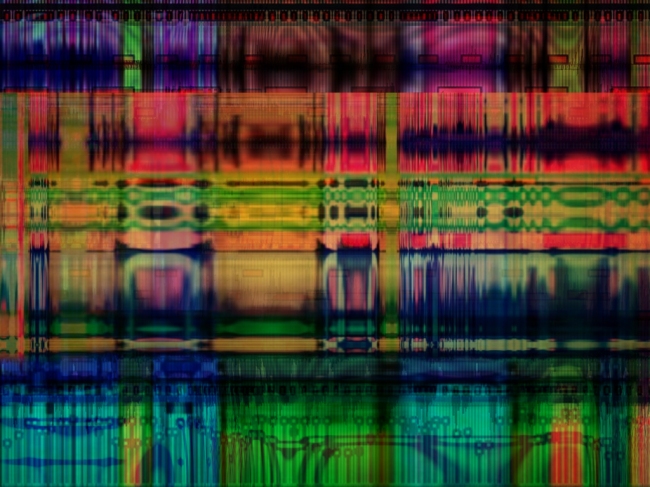It does not happen too often that you walk a few feet around a place and you see a house which was once home to Charles Dickens and another one whose inhabitants included George Bernard Shaw and Virgina Woolf. And then you see someone ‘almost flipping pages’ of supposedly, a book on their Kindle, as they sit by the sides of these historic but still functional precincts.
This is the leafy Bloomsbury in London. How good are the chances that one of them is reading a Great Expectations or a Pygamalion on those reading devices? It makes me wonder if they already had one of those books in paper and downloaded an e-copy so that they can read one as they move around. Or what else can be the reason that they decided to ‘consume’ (which has a lot of deeper meaning than what we usually associate it with) or read the book on their e-devices? And once they finish reading the book will they recommend the book to someone in their different social circles – friends, family and workspace colleagues? And if they do recommend how will they do, on Facebook or WhatsApp or walk up to a friend and talk about it? Will they Instagram the cover of the book because they liked the cover art and share it on their digital social networks?
What I realise quite as much is aspects of consumption of new media have been growing beyond physical media into bits and stream and clouds of data, and beyond the largely one-way conventional distribution channels to a more social experience. And this is why I find myself in London spending the next year studying Digital Anthropology at University College London (UCL). The programme is (arguably) the only one of its kind in the world.
While the title ‘Digital Anthropology’ may seem a little unconventional, “locating the field of digital communication and digital media on a global context using field-based methods” is important. Look at the Internet and think how much time you spend on it – and how its changed the way you talk to people, contact your family, look for information, conduct business, and (special to Instagram) take pictures with a hint of nostalgia. Or the role of cell phone and social networks in the organisation. We need to derive new methods to study how our behaviour and relationship with entities around us is changing because of technology.
Communication has changed dramatically – how its changing is important to try to understand and has implications of art, society, business, and policy, and trying to understand some aspects of this is going to implicitly affect all our lives and perhaps explicitly be the focus of a good deal of my primary career.
While there are many academic programs worldwide studying these things under different names (“media studies,” etc), I chose Digital Anthropology in part because I liked the idea of rooting a methodological approach in social and cultural aspects, as well as UCL’s egalitarian ethos. The anthropology program here is known for its emphasis on research in material and visual culture – i.e., stuff, and stuff we can see – and their connection to social relationships. Objects. Keepsakes. Knick-knacks. As we experience wearable devices and smart watches around us, there will be stuff, and with it stuff to talk about. And then I wanted to steer my experience in digital marketing and business of over the last six years into something more grounded in inter-disciplinary social sciences theory and critical analyses so that it gives me new perspectives to think or evaluate business problems once I go back to work after the course.
This sort of grounding seems the ideal springboard to go into new and social media, which at times can seem quite intangible and in other ways is very concrete – as in the record kept by an online group, or the physical object of a pirate DVD. And, of course, I’ll be chronicling my life and studies in London through some of the same technology I’ll be studying. We’re all doing it – the studying and chronicling, I mean. I just found a place that gave it a name I liked.
Tailpiece: It is highly unlikely that you come across a statue of Mahatama Gandhi in close proximity with a statue of Rabindranath Tagore anywhere in India. I feel extremely chuffed almost every morning, walking past their statues in Bloomsbury, both of whom studied in UCL.
0.000000
0.000000


